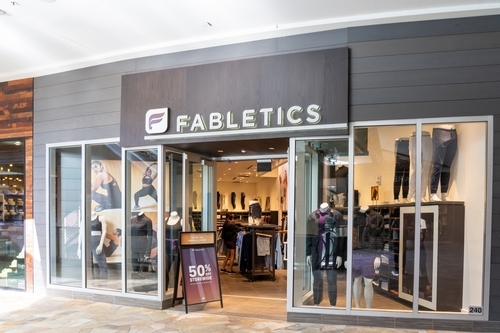One of my favorite companies was in the news recently. Normally, this would imply Google or Yahoo, but this time the company making the news was one that Google probably doesn’t like. The company to which I refer is Claria, formerly known as Gator. Google wouldn’t like them because they show pop-ups, violating the don’t be evil motto Google values. Many anti-adware companies do not like Claria, believing that their software falls into the category of spyware. Advertisers and publishers on the other hand have often embraced them. Like them or not, Claria has built a substantially profitable business, sometimes pushing the envelope but always above board. They are clever marketers that understand user needs must be met and don’t obfuscate the uninstall process.
Rather than being in the news for their software practices though, Claria was featured for their new ad network. In another sign of the cleverness that helped them rise to prominence and become a $100 million in revenues per year company, Claria has begun to leverage their advertiser relationships and media buying reach. The major difference between their new offering called BehaviorLink and their primary platform comes from the ads being delivered on third-party publisher websites as opposed to via pop-ups. Among the biggest reasons for a user to uninstall the software would be the annoyance factor of receiving pop-ups. If Claria can find another means to display their targeted ads, they can increase the longevity of their user base. They might not make as much money as quickly per user, but the longevity will compensate for their having to share revenue with publishers. It will also increase the likelihood of users downloading their software.
The major difference between Claria’s BehaviorLink Network and a typical ad network such as Fastclick is that Claria’s network depends on viewers to the publisher’s website having the Claria Software installed. A normal ad network relies on cookies to track, and ultimately determine what ad to show. The typical ad network can know such things as whether a user has seen any of the network’s ads within a certain time period; for example, they can know by reading the cookie when a user lands on their publisher’s page whether a particular user has seen the Cheaptickets ad within the past 24 hours. They can use in-house optimization to decide which ad they should show the user. The network might look at the category the site is in. If they were capable, the network might also look at the performance history of the user to make a guess as to what ad to show next. However, what the ad network wouldn’t know is what that user has done in between visits to its publishers’ sites.
The network wouldn’t know that a user recently performed a search for auto insurance or that the user spent time on some of the more prominent auto insurance sites. Were this ad network to know this, the next time they saw a user at a publisher’s site, they might decide to show an auto insurance ad, or they might decide to show something related to auto insurance such as extended warranty plans. Were the network to have software installed on their users’ machines, they would have access to this information. Having access to this information would mean they could serve impressions more efficiently, and at the end of the day, the network that can use available impressions most efficiently earns the greatest yield and has access to the greatest amount of inventory.
A company that has software installed on users’ machines also doesn’t have to worry about their cookie being deleted. If a cookie gets deleted, that equates to a total loss of knowledge for the ad network. A user with a deleted cookie will look like a new user, and as a result might see an ad again that they had already seen. Software might get deleted, but it takes more effort to delete software than to delete cookies. One company that has access to true user behavior, doesn’t have to rely on cookies, and has an inherent advantage in maximizing ad impressions is Claria.
Claria’s BehaviorLink is an ingenious application of their existing reach and performance data. By not relying on pop-ups and a degraded user experience, Claria can now court software creators having a hard time monetizing their software, providing them a compelling value-proposition to bundle Claria’s software. Many other companies would have spent their efforts avoiding anti-adware and anti-spyware companies, trying to hang on their dying market share. Claria showed the reasons for their past success were justified by focusing on how they could maximize their existing reach and technology to ultimately increase both; all under the guise of an unattractive market. It is one of the many reasons why I respect them operationally and believe many of us can learn from them.
 Network
Network

